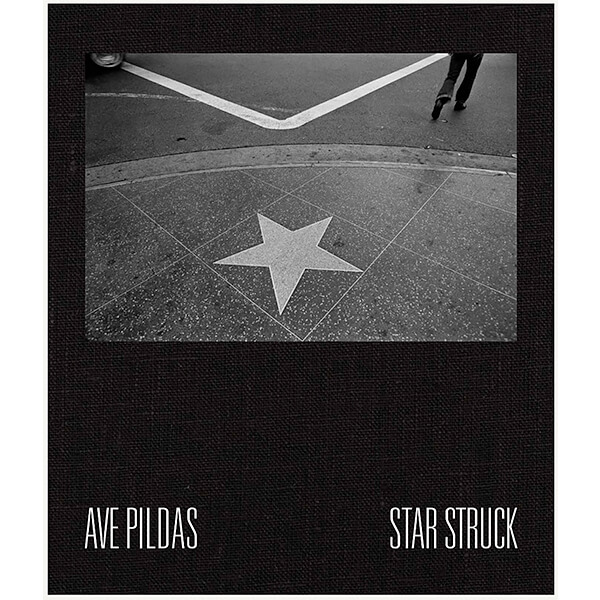Born and raised in Cincinnati, Ohio,
Ave Pildas worked early in his career as a photography stringer for Downbeat Magazine in the Ohio Valley and Pennsylvania in the 1960s. After graduate studies in graphic design at the Kunstgewerbschule in Basel, Switzerland, he moved to Los Angeles to work as an art director for Capitol Records. He soon after launched a career as a freelance photographer and designer, specializing in architecture and corporate photography. His work has been the subject of one man gallery shows, published in books and is included in the collections of the Museum of Modern Art, New York, The New York Public Library, and the Bibliotheca National, Paris.
We asked him a few questions about his latest book '
STAR STRUCK'
All About Photo: Were you always a photographer?
I wasn't always a photographer. I started my education as an architecture student; I spent a couple of years in architecture school but found it confining. I switched to design and that seemed a better fit. Part of my design education included taking pictures to respond to assignments, so I bought my first camera. It was a Rolleiflex 2 ¼. The year was 1960, and I was inspired by the work of
Aaron Siskind. While I was in the design program, I got a job as the art director of the Cincinnati Public Library. I got paid and received academic credit toward my degree. I took the opportunity to hang out in the library stacks to look at photography books. During that time, I started taking pictures of jazz musicians. I was a fan of jazz but a failed musician. As a kid, my mother encouraged me to play the violin, to no avail, and then in high school, I started playing a b flat trumpet. I was more interested in sports than I was in music at the time, so my attention to practicing declined. I started hanging out in jazz clubs with my camera. I photographed musicians as they performed in the small smokey clubs of the Midwest: Ohio, Kentucky, and Indiana. The pictures were better than my playing. Downbeat Magazine took note and hired me as a stringer. My first published pictures were of jazz musicians.
How long have you been taking pictures?
If you consider these pictures that I took in the '60's until now, I've been taking pictures for sixty years off and on.
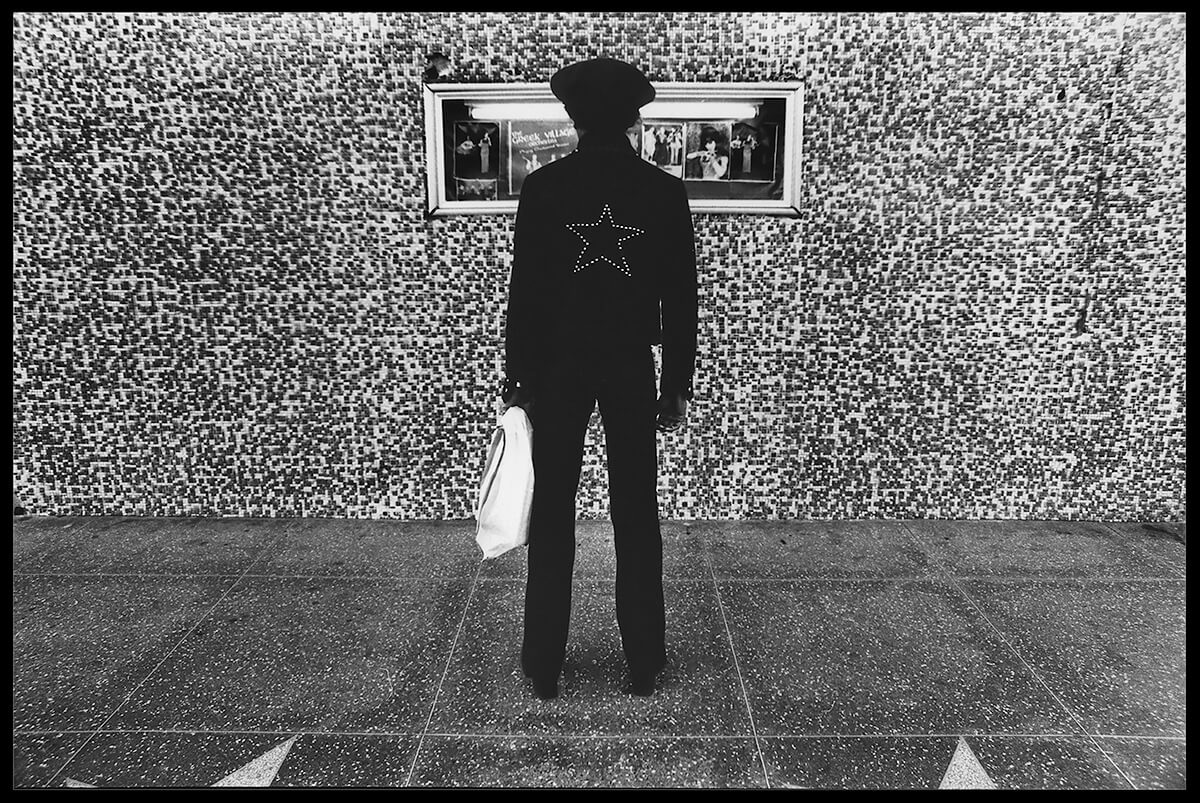
Black Star 1974 © Ave Pildas
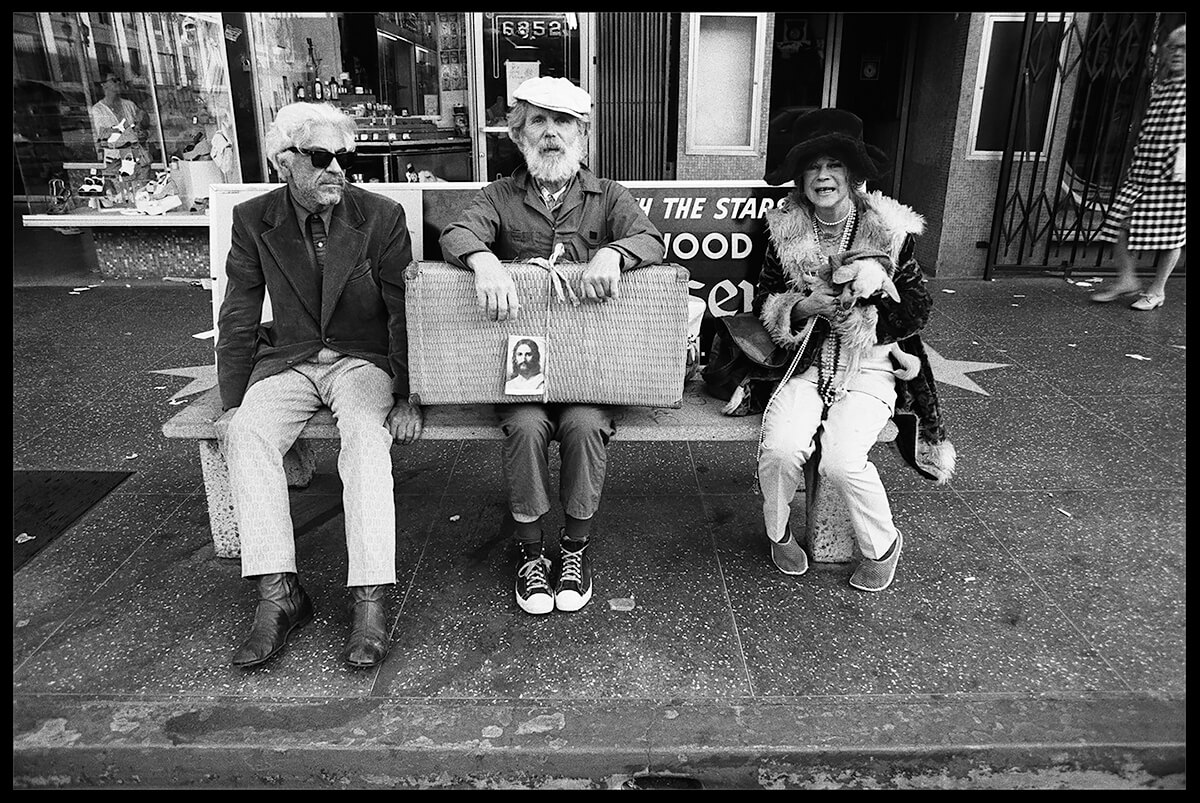
Bus Bench Jesus 1974 © Ave Pildas
I chose photography because I liked the immediacy of it. Taking pictures would satisfy my creative needs and do so quickly. It was also lucrative because I could get paid to take pictures more readily than I could get paid to do design. Photographers had a day rate, and they always got half of the money upfront. My other creative interests are still in design. I like to build things. I build sets. I build some furniture. I think if you have a decent education in the arts or in design, then you can pretty much tackle anything.
Tell us about your new book in your own words.
My new book STAR STRUCK focuses on the people and places of Hollywood Boulevard. Soon after I moved to Los Angeles in the '70s, I started shooting there. I was working at Capital Records, just a block and a half away, as a one of four art directors. At lunchtime, we would go out to eat at the Brown Derby, Musso, and Franks, or some other local restaurant, and I got to observe all the activity that was occurring on Hollywood Boulevard. It was amazing and it was fun, even though the location was ''on the turn''. Aside from the terrazzo stars embedded in the sidewalks as ''The Walk of Fame'', it was a mixed residential/ commercial neighborhood with a population that included middle class families, out-of-work actors, hookers and drug addicts. I saw individuals of all ages waiting for buses, and children going to and from school. I was fascinated and decided that I needed to record what I saw. I spent about three years taking pictures on Hollywood Boulevard between 1972 and 1975. The new book includes a selection of those images.
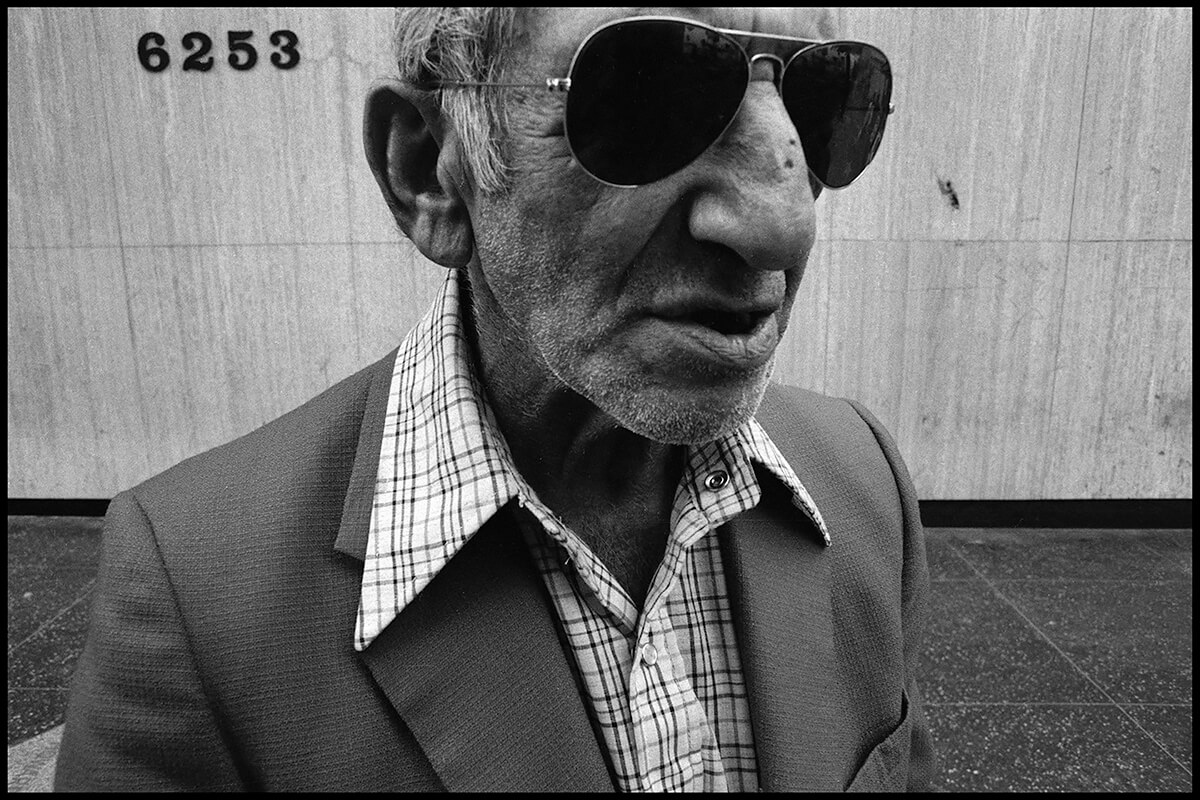
Ray Ban Man 1974 © Ave Pildas
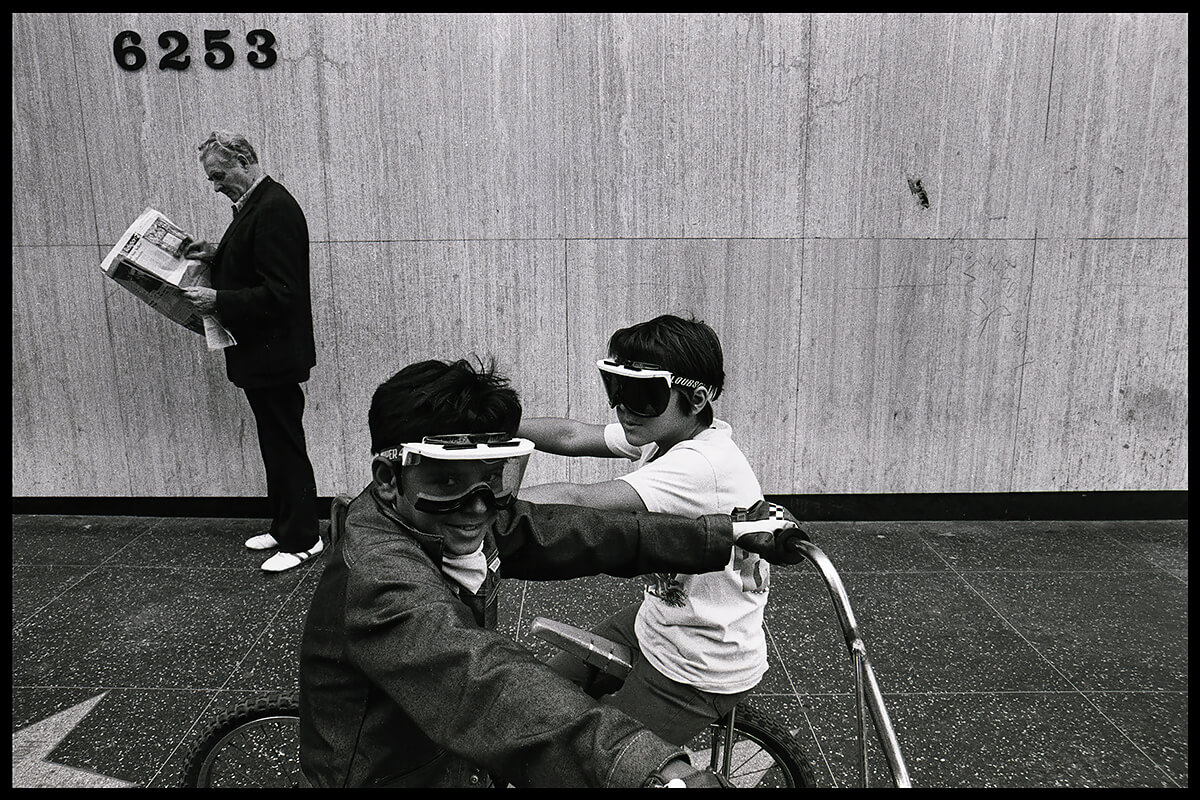
Biker Boyz 1974 © Ave Pildas
I have lots of favorite images there, and the memories of my Hollywood Boulevard experiences are very vivid still. Let me take a step back. After I shot the pictures, I took some to France with me. It was 1975 or 76. I went to the offices of Zoom Magazine and showed them the pictures. They went crazy! Zoom published a ten-page spread in Issue 35. A couple other magazines ran the pictures. Then the pictures went to sleep. When I say ''went to sleep'', I mean they disappeared from the public eye. I stored them with my other negatives, and they remained in my archives for around 40 years. Eight to ten years ago some magazines, like ''L'oeil de La Photographie'', ''It's Nice That'' ''The Guardian'' ''All About Photography'', discovered them and started publishing a few. Interest snowballed. The photos attracted attention because of their age, and because they were a testament to what was Hollywood Boulevard in a certain bygone era.
A little bit about my style: what's not in the photo is just as important as what is in the photo. I compose carefully and put my design background to work while I do. Besides content, I consider formal elements like contrast, scale and texture but contrast is the primary one. Contrast is not just light and dark; it is also big and little, smooth and rough, fast and slow, few and many.
When I first started shooting in Hollywood, I set up a tripod where the action was going to take place. I had an eight-foot cable release so that I could position myself at a distance from the camera and interact with the people coming down the street Talking to my subjects while I was shooting was my way of getting others to participate. At other times I pretended to not pay attention to the sidewalk activity so I could wait for the ''decisive moment''.
About the moment: turning a moment in time, my exposure time of 1/125 of a second, into matter like a print, is my way of capturing time. Freezing a small interval of time that might otherwise be lost or ignored has long been the reason that I take photographs. It's like my saying: look what I see or saw.
When I started working on STAR STRUCK with Clint Woodside of Deadbeat Club Press, I looked at the contact sheets from my '70's shoots in a whole new way. I had forgotten what my criteria were when I selected the original favorites, so I could look at the pictures with fresh eyes. Clint was a tremendous help in the process, especially with pairing the photographs. Consequently, some of my former favorite pictures never made it to the new book, but some that I had overlooked became favorites. I loved the process. It took about a year to put STAR STRUCK together, but it was exciting, like I was just clicking the shutter again.
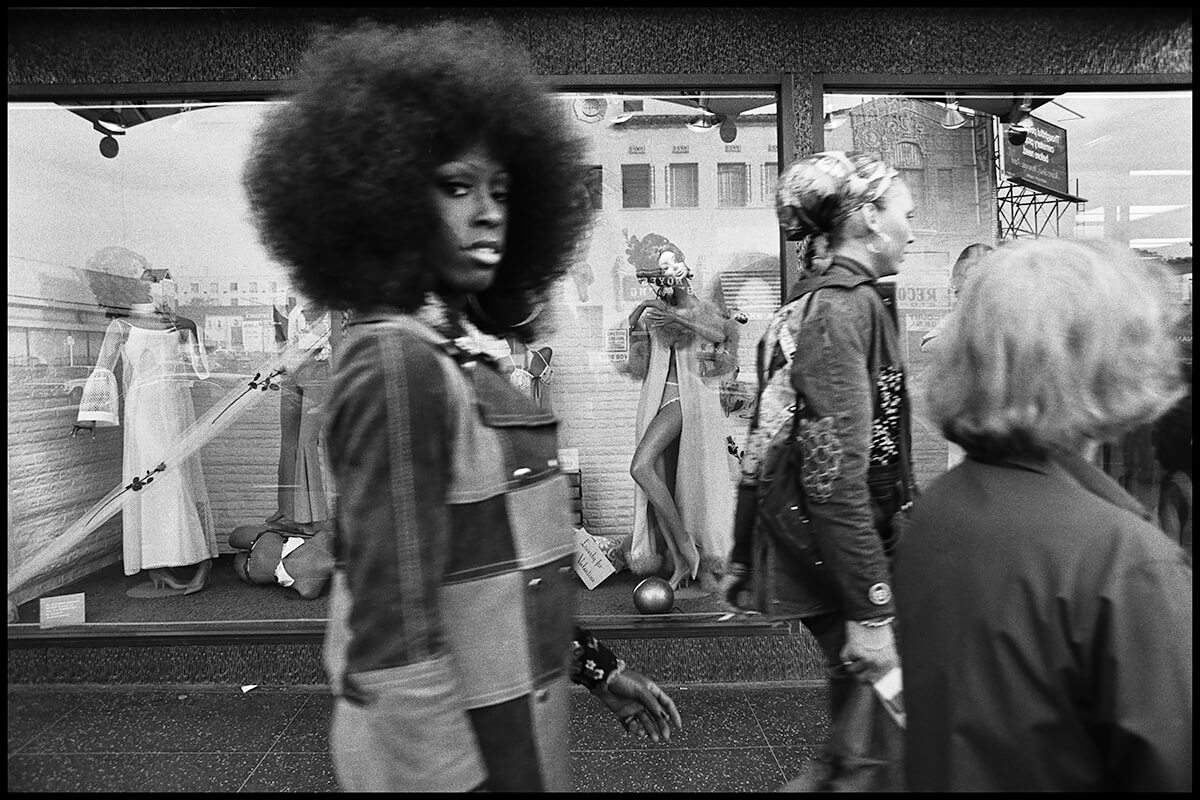
Big Hair 1974 © Ave Pildas
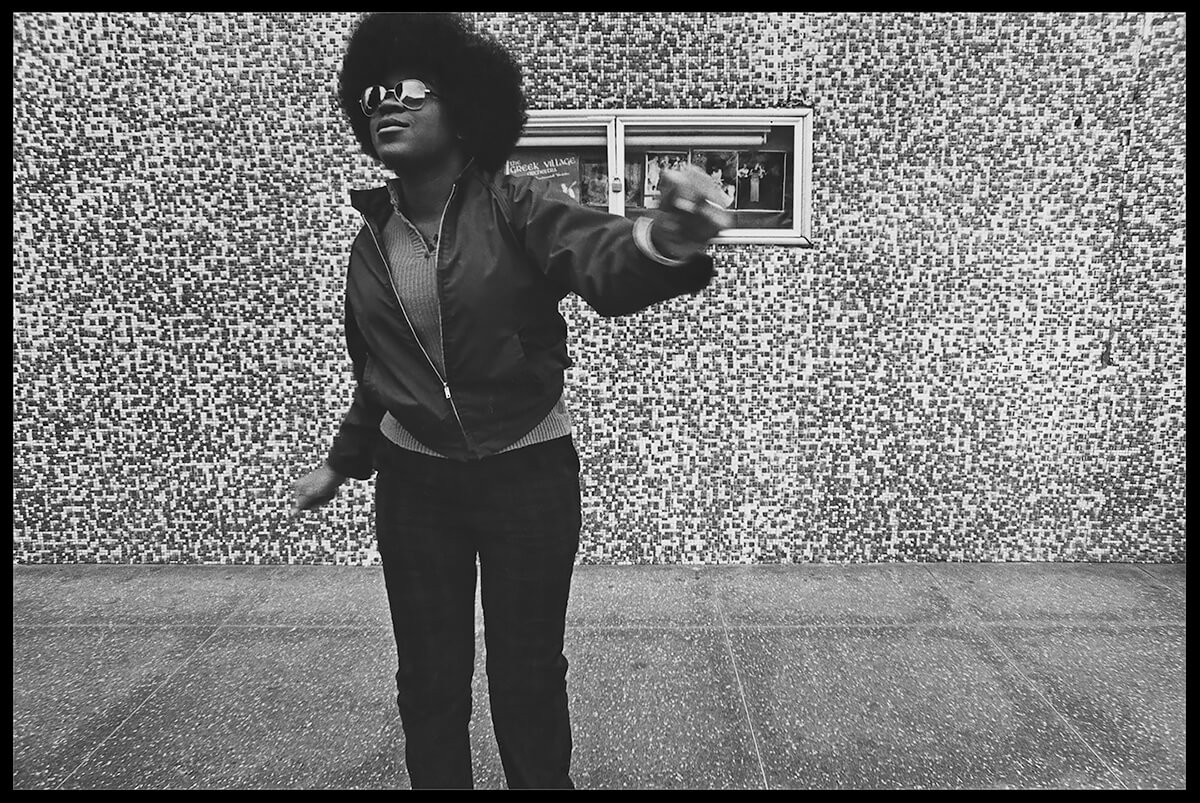
Power to the People 1974 © Ave Pildas
I think that Halloween on Hollywood Boulevard is always wild and interesting. There are pictures from that occasion that stand out: the four people that were dressed in drag; the prostitute wearing nothing but OshKosh overalls and a mask. After I took a couple of shots, she asked, ''Do you wanna see my tits?''
Some of the backgrounds stand out, like the beautiful façade of See's Candy. I used it as a set: that white tile building with all the glass, Mary See's picture in the window and people passing in and out of the doors. It was so pristine and unique and such a contrast to the grit that was visible around it. Those pictures are some of my favorites.
So you published your own books, and this is not your first book.
STAR STRUCK is not my first book. I've had three other books published by major publishers. One called Art Deco Los Angeles was published by Harper and Row in 1976. In1980, a division of Crown called Clarkson and Potter published Movie Palaces. Then in 2016, Nazraeli Press made a little book of box offices titled Bijoux. Those were architectural books because, in another life, I was an architectural photographer. I consider STAR STRUCK my first monograph: the pictures were not shot for anybody else or to satisfy anybody but myself. I'm very happy with STAR STRUCK and the way it turned out. It is beautifully produced.
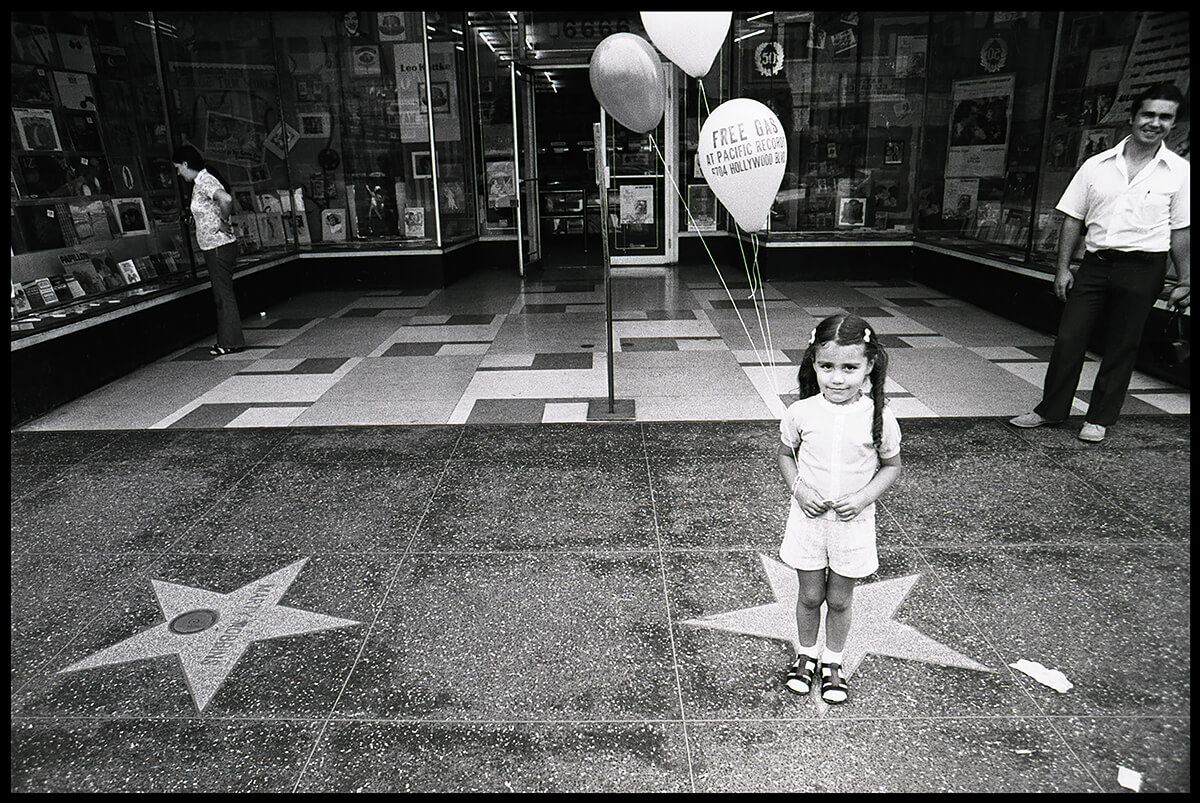
Balloon Cutie 1974 © Ave Pildas
A few weeks ago, I did a signing here at Arcana Books in Los Angeles. After that I did signing at Printed Matter at the New York Art Book Fair. I am about to leave for Paris for a signing coming up on November 9th. On November 17th I have a signing in Berlin and then I am back here in Los Angeles where I have a signing on December 3 to accompany a small show of prints at Tufenkian Gallery in Glendale, California. I haven't been able to shoot many new pictures with this busy schedule, but I will use my time in Paris and in Berlin, day and night, taking pictures. So, I'm happy about that.
On that note, what future projects or subjects are you looking forward to getting to?
A director named Patrick Taulere, who was as a student of mine forty years ago, approached me about five years ago and said, ''Ave, I want to do a documentary about you''. I put him off for a long time thinking that I wasn't interested. He finally convinced me. He and a crew followed me around for three years while I took pictures and interacted with people. He then he spent two years editing. The documentary is finished now. It is titled ''Ave's America'' and it's about to be released by Passion River Films, a New York distributor.
STAR STRUCK is available now through Deadbeat Club Press www.deadbeatclubpress.com
and Small Photo Books ( www.smallphotobooks.com )
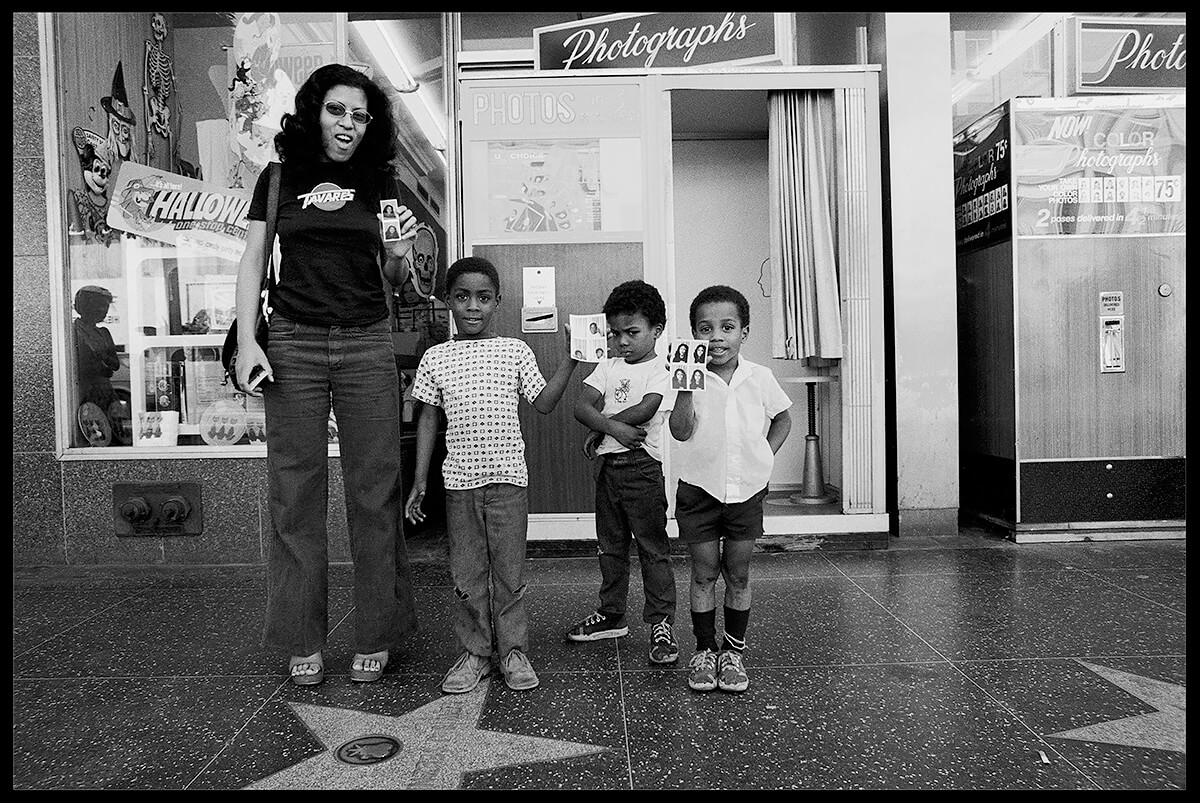
Mom, 3 Boys, 1 Angry 1974 © Ave Pildas
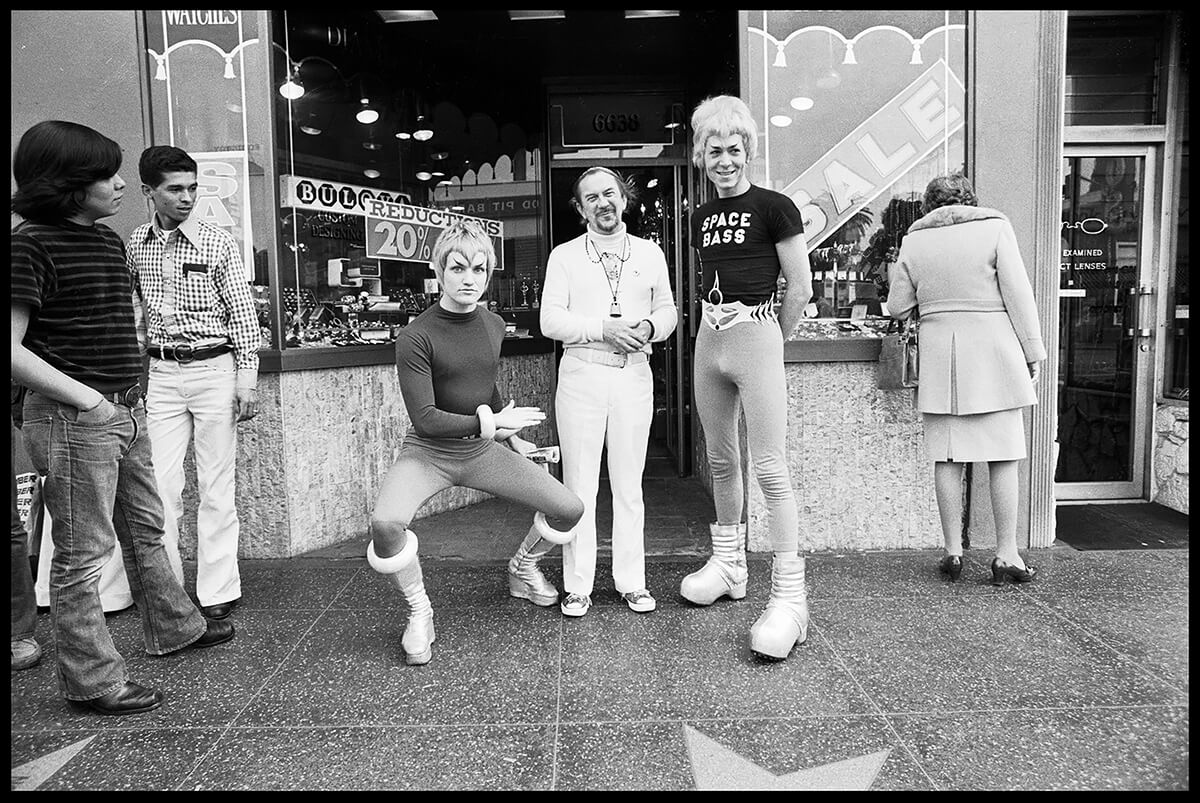
3 Space Cadets 1974 © Ave Pildas
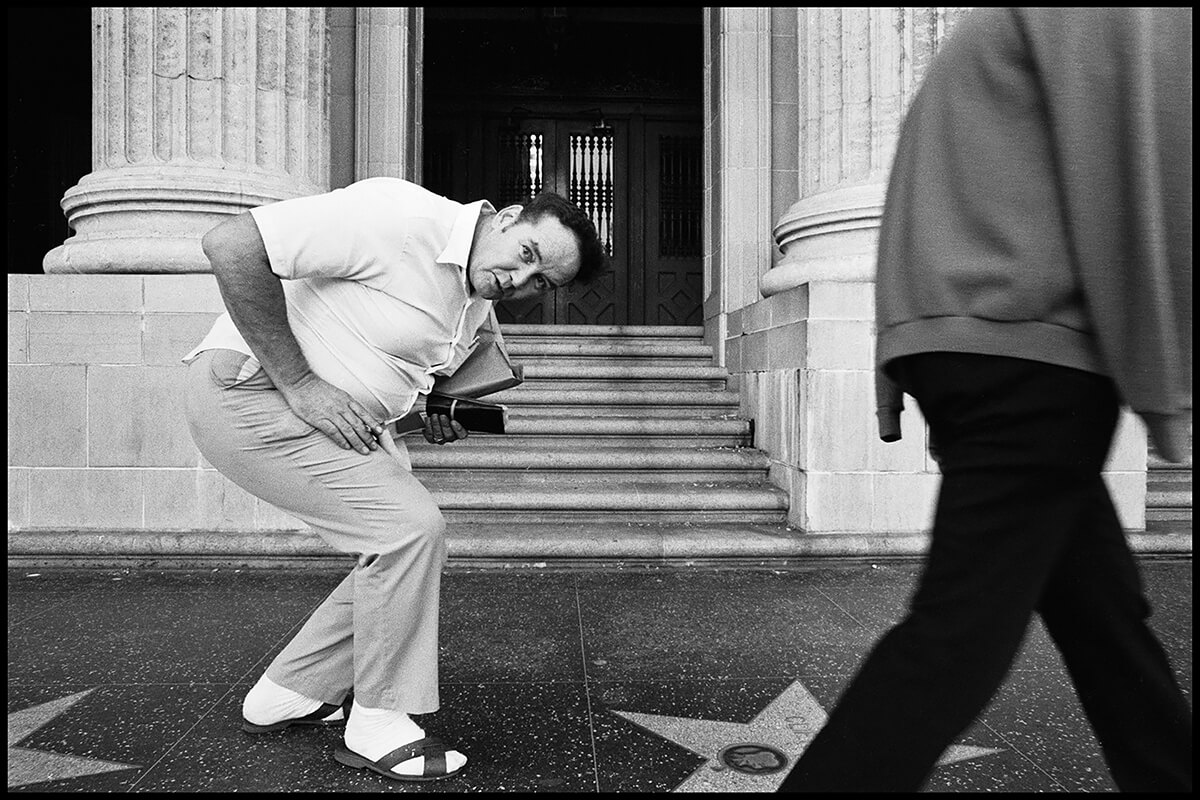
Duck In 1974 © Ave Pildas
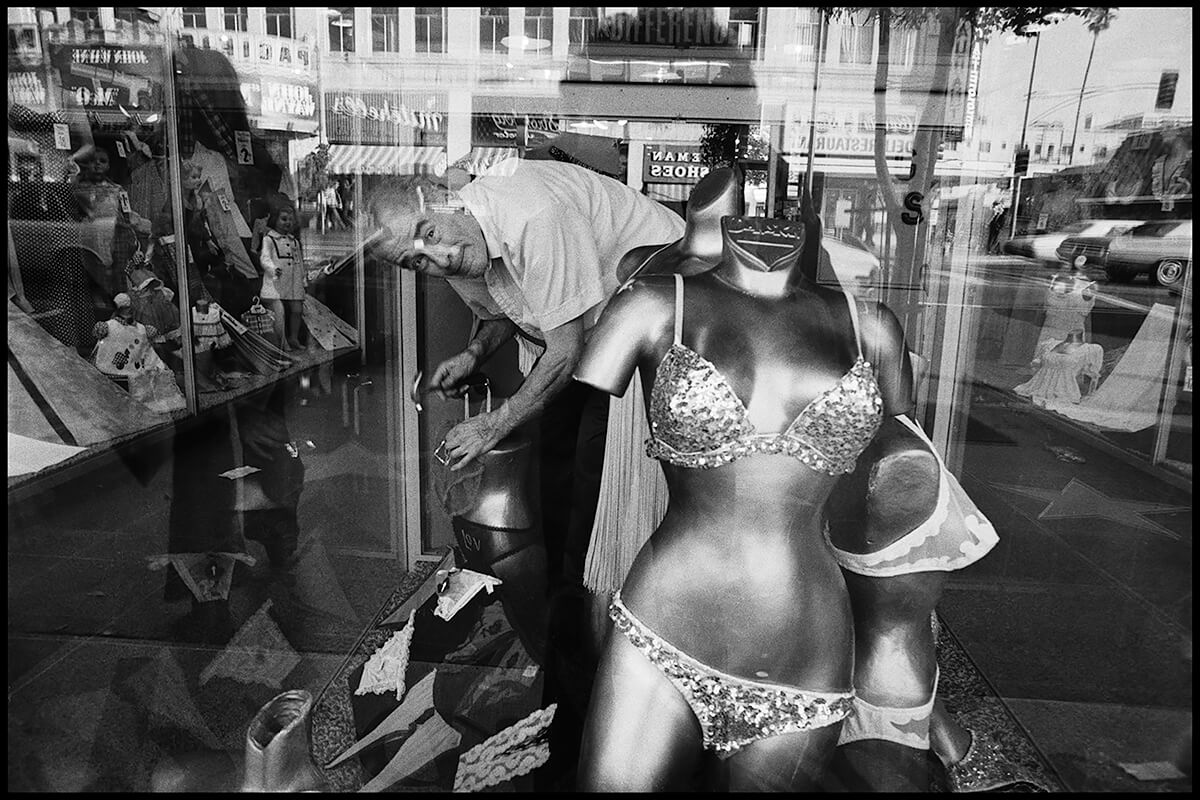
Window Dresser 1974 © Ave Pildas
